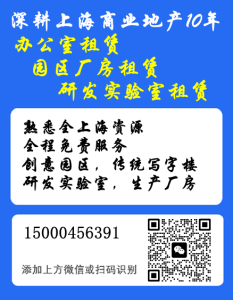上海园区招商办公室
联系人:梁经理
联系电话:15000456391
欢迎来电咨询,竭诚为你服务!
ExploringtheWorldofTextileUpcyclingTextileupcycling,alsoknownasfabricreengineering,isarevolutionaryconceptthatfocusesontransformingd
Exploring the World of Textile Upcycling
Textile upcycling, also known as fabric reengineering, is a revolutionary concept that focuses on transforming discarded fabrics into new, useful, and often more valuable products. In this article, we will dive into the fascinating world of textile upcycling and explore its benefits, challenges, and potential for a sustainable future.

Understanding Textile Upcycling
Textile upcycling involves taking unwanted or leftover fabric materials and creatively repurposing them into new items. This process helps to reduce waste and carbon emissions while preserving the finite resources used to create textiles. It represents a shift away from the traditional linear model of production and consumption towards a more circular economy.
There are various methods of textile upcycling, including:
- Remanufacturing: This involves breaking down old fabrics and re-spinning the fibers to create new textiles.
- Reusing: Unwanted textiles are salvaged and transformed into new products without significant alteration.
- Redesigning: Old garments or fabrics are creatively redesigned into new and fashionable pieces.
- Repurposing: Discarded textiles are transformed into different functional items like rugs, quilts, or handbags.
- Reselling: Pre-loved garments or fabrics are resold to extend their lifespan.
The Benefits of Textile Upcycling
Textile upcycling offers numerous benefits for both the environment and society:
1. Waste Reduction
Textile waste poses a significant environmental challenge. By upcycling fabrics, we can reduce the amount of waste sent to landfills and incinerators, saving valuable landfill space and reducing harmful emissions.
2. Conservation of Resources
Creating new textiles from scratch requires extensive amounts of water, energy, and raw materials. Textile upcycling helps to conserve these resources by utilizing existing fabrics and reducing the need for new production.
3. Promotion of Circular Economy
Textile upcycling supports the transition towards a circular economy, where materials are continuously cycled through different production processes, reducing the reliance on virgin resources and minimizing waste generation.
4. Job Creation
The textile upcycling industry has the potential to create employment opportunities, particularly in developing countries. This can help improve economic stability and enhance social well-being.
Challenges and Future Outlook
While textile upcycling presents exciting opportunities, there are also challenges that need to be addressed:
1. Quality Control
Maintaining consistent quality standards can be a challenge when working with upcycled fabrics. Careful sorting, inspection, and testing are necessary to ensure that the final products meet customer expectations.
2. Availability of Raw Materials
Access to a steady supply of discarded textiles can be an issue, particularly in regions with limited recycling infrastructure. Collaboration between industries, governments, and consumers is crucial to ensure a constant flow of materials.
3. Consumer Education
Creating awareness among consumers about the benefits of upcycled textiles and encouraging them to make conscious purchasing decisions is essential for the growth of the industry.
The future of textile upcycling looks promising. With advancements in technology, innovative recycling techniques, and growing consumer demand for sustainable products, the industry is set to expand and contribute to a more circular and resource-efficient economy.
Conclusion
Textile upcycling provides a viable solution to tackle the environmental challenges posed by textile waste. By transforming unwanted fabrics into new and valuable products, we can reduce waste, conserve resources, and promote a circular economy. Embracing upcycled textiles not only benefits the planet but also supports the growth of a sustainable and socially responsible industry.

如若转载,请注明出处:https://www.yihke.com/22956.html
